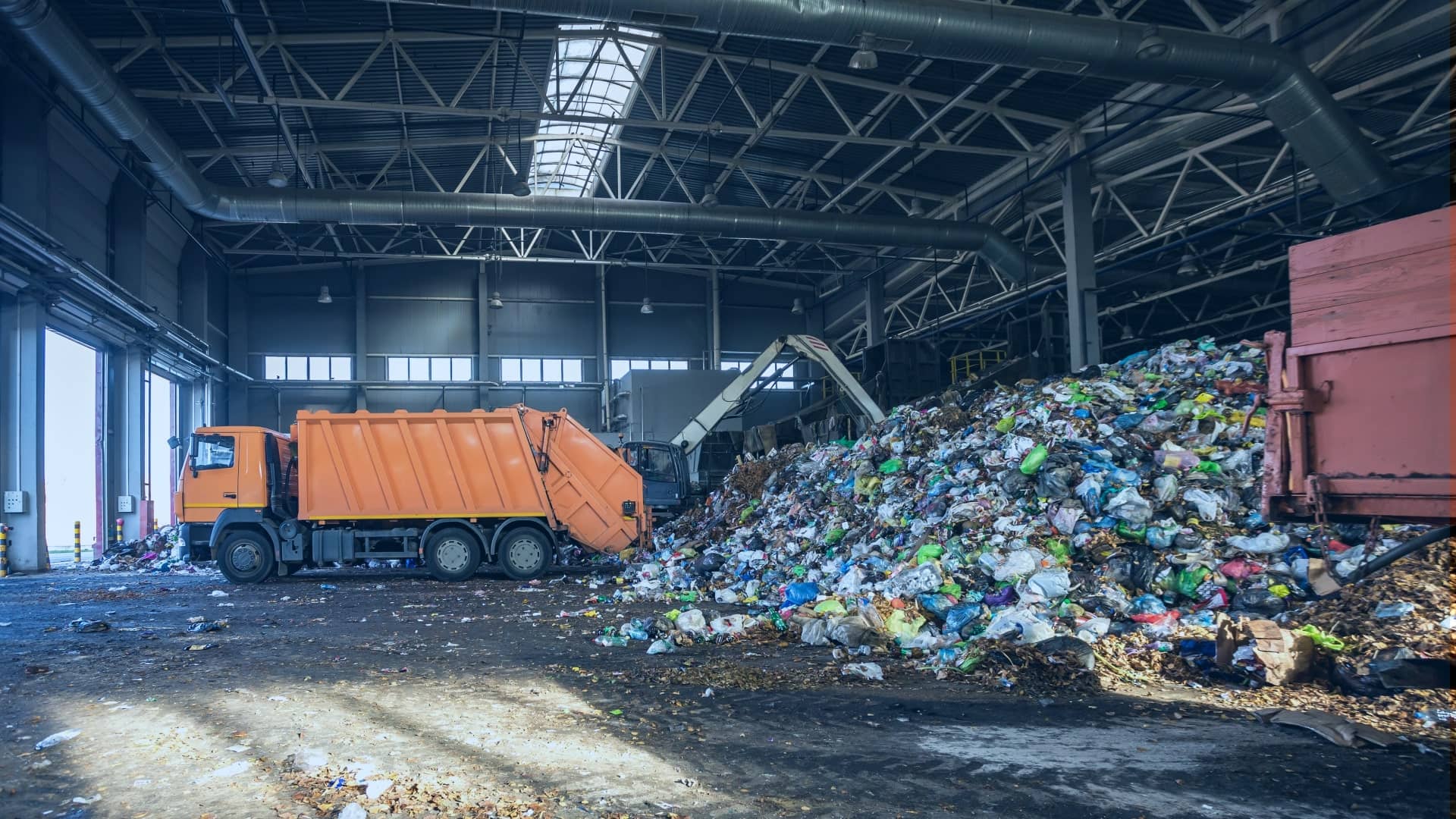Getting My Reclaim Waste To Work
Table of ContentsThe 25-Second Trick For Reclaim WasteReclaim Waste for DummiesOur Reclaim Waste IdeasThe Greatest Guide To Reclaim WasteThe Single Strategy To Use For Reclaim Waste
Domestic sewer waste refers to the waste and products from a property septic tank. The appropriate monitoring and disposal of domestic sewer waste require fluid waste to be transferred to a sewage therapy plant where the correct techniques and tools are used to purify and dispose of waste.
Business waste often includes possible hazards, such as flammable materials or a blend of fluid and solid waste products, and needs an extra sophisticated and thorough disposal procedure. The disposal of commercial waste usually entails the filtration of waste before transportation to guarantee risk-free and correct disposal. Hazardous waste is created from byproducts and runoff of industrial processes and production.
This kind of waste can not utilize the exact same sewage administration transport or processes as septic or industrial liquids. The commercial waste monitoring procedure calls for the examination and screening of fluid waste prior to it undertakes the disposal procedure (industrial wastewater treatment). Overflow waste is the liquid waste that comes from runoff and excess stormwater in highly populated locations or cities
Drainage waste can create contamination and flooding otherwise taken care of effectively. Find out more regarding drain cleaning and waste management. Guaranteeing proper waste management can protect against calamities and minimize environmental harm. Both people in household settings and professionals in commercial or manufacturing markets can gain from understanding the procedures and laws of fluid waste management.
Little Known Questions About Reclaim Waste.
Contact PROS Solutions today to learn regarding our waste management and disposal services and the correct ways to take care of the fluid waste you produce.
(https://reclaimwaste.godaddysites.com/f/efficient-liquid-waste-disposal-removal-melbourne)Do you recognize what occurs to your water when you end, purge the bathroom or drain the cleaning equipment? No? Well, it deserves understanding. This so-called 'wastewater' is not just a vital source however, after treatment, will be released to our land, rivers or the ocean. Made use of water from bathrooms, showers, baths, cooking area sinks, laundries and commercial processes is referred to as wastewater.

water utilized to cool machinery or tidy plant and equipment). Stormwater, a type of wastewater, is runoff that streams from farming and urban locations such as roofing systems, parks, yards, roads, paths and gutters right into stormwater drains, after rain. Stormwater moves unattended directly to regional creeks or rivers, at some point reaching the sea.
The Main Principles Of Reclaim Waste
In Queensland, most wastewater is treated at sewage treatment plants. Wastewater is see this page delivered from residential or industrial sites with a system of drains and pump terminals, recognized as sewerage reticulation, to a sewer treatment plant. City governments develop, preserve and operate most sewage treatment plants. Operators are licensed under the Environmental Security Act 1994 to discharge treated wastewater at an acceptable environmental standard right into rivers.
The Department of Natural Resources encourages city governments about managing, operating and maintaining sewage systems and therapy plants. In unsewered areas, regional governments may need owners to install specific or family sewage treatment systems to deal with residential wastewater from toilets, kitchens, restrooms and laundries. The Division of Natural Resources authorizes using house systems when they are confirmed to be efficient.
In some brand-new subdivisions, treatment of some stormwater to get rid of litter, sand and crushed rock has actually begun using gross pollutant traps. Wastewater therapy happens in four phases: Eliminates strong matter.
Utilizes tiny living microorganisms recognizes as micro-organisms to break down and remove staying dissolved wastes and fine bits. Micro-organisms and wastes are integrated in the sludge.
About Reclaim Waste
Nutrient elimination is not readily available at all sewer treatment plants since it needs expensive specialized equipment. Clear fluid effluent created after treatment may still have disease-causing micro-organisms - liquid waste disposal.

This typically indicates wastewater needs to be dealt with or impurities eliminated before it can be released to waterways. Most wastewater moves right into the sewerage system. Under the Act, city governments administer authorizations and licences for environmentally pertinent activities (Periods) including wastewater releases that could have a regional impact. The division provides approvals and permits to ERAs entailing wastewater launches that may have a local or statewide effect.
A Biased View of Reclaim Waste
Otherwise, examples are considered lab evaluation. Typically several tests are needed to establish the levels of each of the various pollutants such as oils, heavy metals and chemicals in water. Surveillance provides accurate details about water high quality and can verify that permit problems are being met. The information acquired with tracking gives the basis for making water top quality choices.